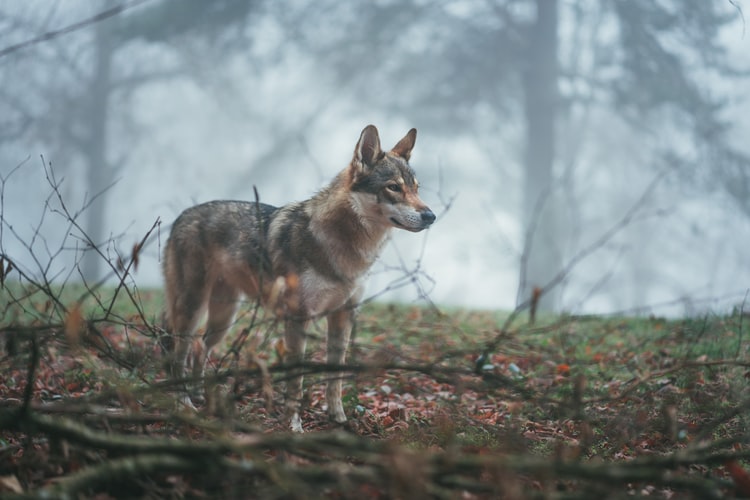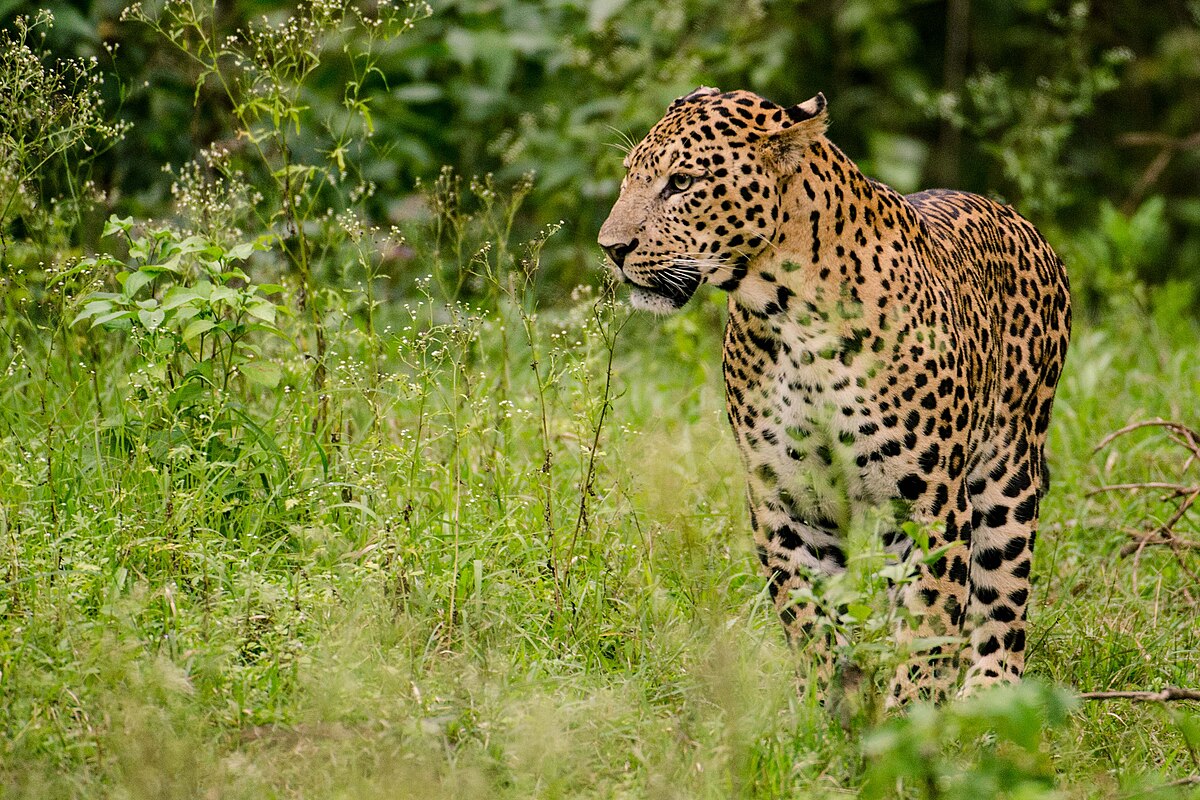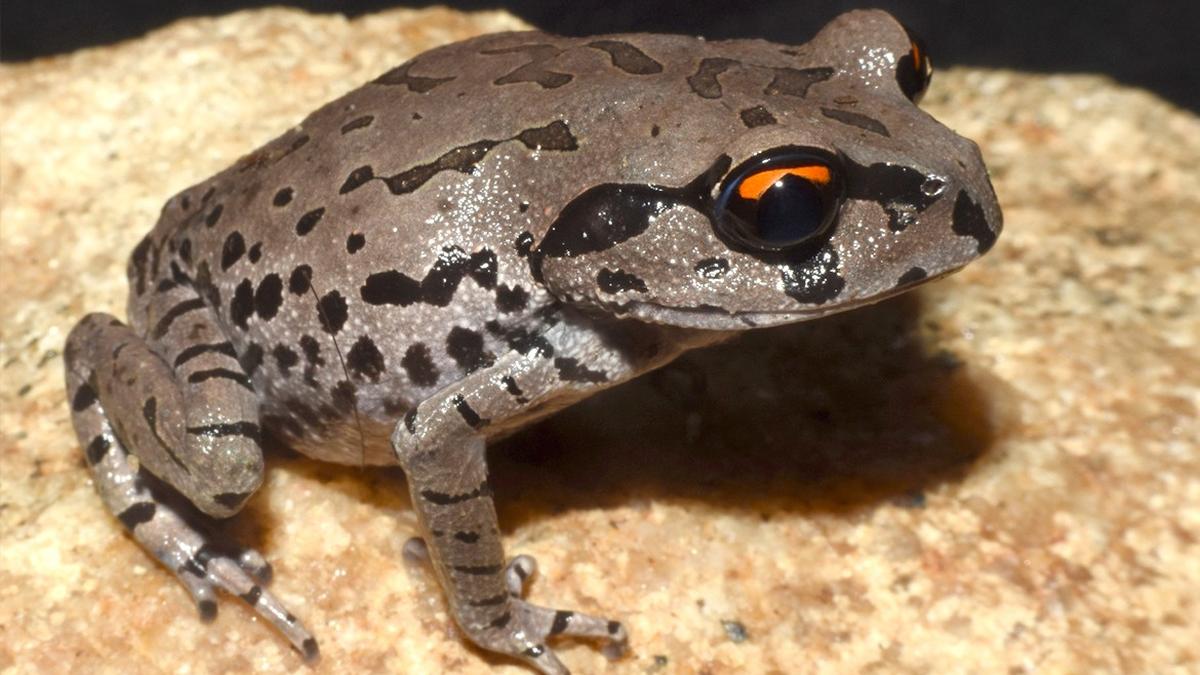
The protection effort regarding India's top predators is getting stronger as the growing dangers of habitat destruction, alongside poaching and human-animal conflicts. The Indian grey wolf is an example of showcasing biodiversity importance by extending beyond the conservation focus on tigers and elephants. The strategic importance of the Mahuadanr Wolf Sanctuary continues to grow as the country has established the Bankapur Wolf Sanctuary as its second dedicated wolf protection area.
Context:
-
The Indian grey wolf (Canis lupus pallipes) finds its protection base at Mahuadanr Wolf Sanctuary in Jharkhand, which stands as India's initial and sole wolf-dedicated sanctuary.
-
This protected sanctuary was founded in 1976 to sustain an endangered animal species that belongs to multiple wildlife protection programs in national and international realms.
-
This sanctuary plays an important role in maintaining the ecological system of the Palamau Tiger Reserve.
Key Points:
-
Location: Latehar district, Jharkhand.
-
Area: Approximately 63 square kilometers.
-
Established: The protection of Indian wolves gained recognition in 1976.
-
Affiliation: Part of the Palamau Tiger Reserve.
-
Major Species: The sanctuary is home to four principal species, including the Indian grey wolf, spotted deer, wild boar, hyena, and bear.
About Indian Grey Wolf:
-
Subspecies of grey wolf (Canis lupus pallipes).
-
Smaller pack size, less vocal, primarily nocturnal.
-
The species exists within semi-arid regions, together with grasslands along scrublands.
Conservation Status:
-
IUCN Red List: Endangered (Population in India: 2,000–3,000).
-
CITES: Appendix I (highest international protection).
-
The Indian grey wolf has the maximum legal protection under Schedule I of the Wildlife Protection Act, 1972.
Conclusion:
The Mahuadanr Wolf Sanctuary works as an important center for protecting Indian grey wolves from extinction since it demonstrates India's dedication to safeguarding its wildlife diversity. The general decline of India's threatened species calls for expanding existing wildlife conservation programs that guarantee their well-being.



 World Earth Day 2025: Date, History, Theme, and Significance
World Earth Day 2025: Date, History, Theme, and Significance Two Cheetahs released into Gandhi Sagar National Park
Two Cheetahs released into Gandhi Sagar National Park Leopard Spotted in Asola Bhati Wildlife Sanctuary
Leopard Spotted in Asola Bhati Wildlife Sanctuary Cap-and-Trade Model in Surat Cuts Pollution by 30%, Lowers Regulatory Costs
Cap-and-Trade Model in Surat Cuts Pollution by 30%, Lowers Regulatory Costs New Frog Species Leptobrachium aryatium Discovered in Assam After 21-Year Study
New Frog Species Leptobrachium aryatium Discovered in Assam After 21-Year Study India's First High-Altitude Climate Change Research Centre in J&K
India's First High-Altitude Climate Change Research Centre in J&K Unravelling the Mysteries of Pope’s Pit Viper Venom: A Deadly Snake of Northeast India
Unravelling the Mysteries of Pope’s Pit Viper Venom: A Deadly Snake of Northeast India Seaweed: A Nutritional Powerhouse from the Ocean
Seaweed: A Nutritional Powerhouse from the Ocean Discovery of New Damselfly Species in Kerala
Discovery of New Damselfly Species in Kerala






